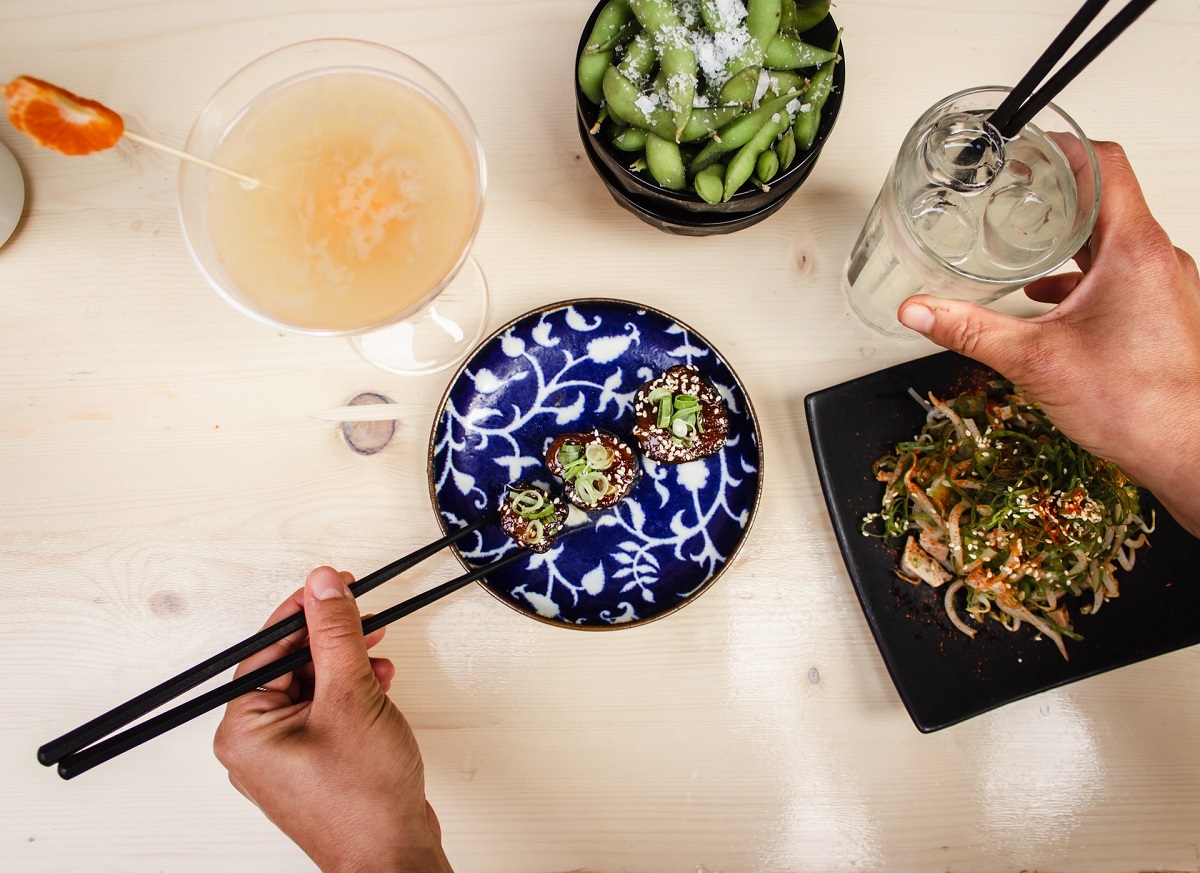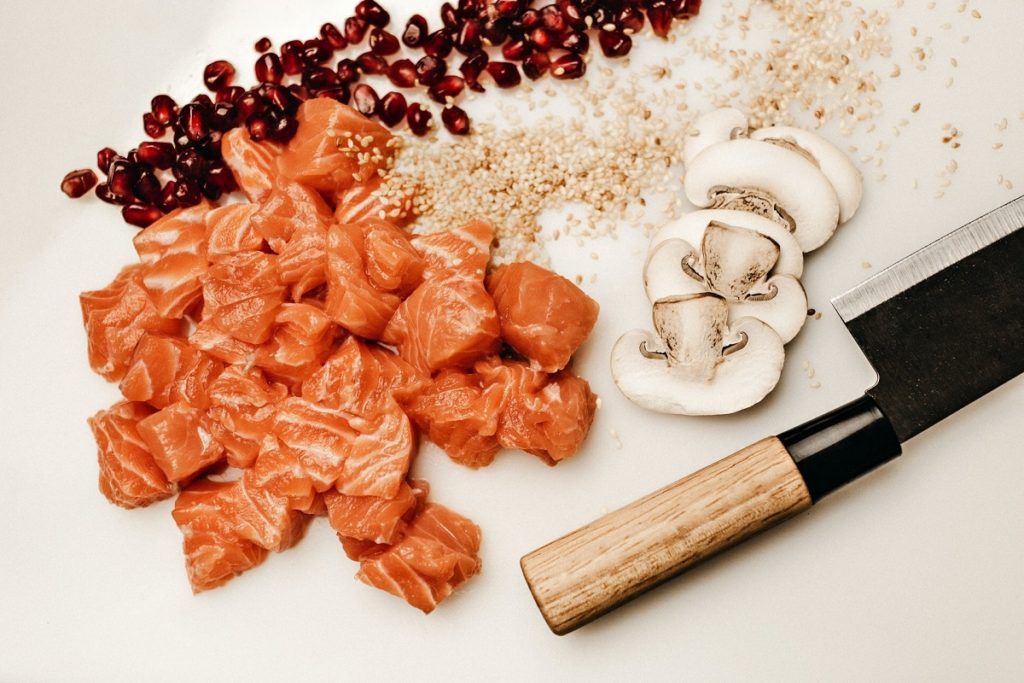The Japanese food scene is one of the most highly regarded worldwide, and nothing represents Japanese cuisine and culinary prowess better than Kaiseki Ryori or ‘Kaiseki’ presented meals.
Kaiseki is a traditional tasting course consisting of several small tea ceremonies but has grown into something more over the centuries — and has become the pinnacle of haute cuisine in Japan.
Here’s what you need to know about Kaiseki cuisine — from what it is, what it entails, and how you can make the most out of the experience.
What is Kaiseki Cuisine?
Kaiseki revolves around the Japanese principle of ‘shun,’ or bringing ingredients at the peak of their freshness following a simple presentation without artifice. This ensures that each ingredient’s ‘true’ flavors shine through while displaying each one at the height of their natural beauty, creating a harmonious synergy between food and art.
The Typical Kaiseki Dinner
Kaiseki is a dining experience anyone can enjoy, from the avid foodie to a person undergoing treatment for anorexia, as the portions per dish are relatively small and jam-packed with flavor. Kaiseki’s full course consists of four parts, including the starters, main courses, ‘shokuji’ (second dish), and dessert. The ingredients used for each meal served depends on the current season and usually doesn’t repeat in a full Kaiseki course.

Kaiseki combines exceptional food quality, chef’s expertise, and visual aesthetic awareness, giving you a one-of-a-kind culinary experience. All ingredients used by chefs are carefully chosen and are always fresh, seasonal, and locally produced, boasting menus that are constantly developed with respect for the natural environment.
Although Kaiseki meals greatly vary, there are typical standard courses served. These include:
- Sakizuke as the appetizer
- Nimon, a simmered dish
- mukozuke, sashimi
- Hassun, the course setting the seasonal theme
- Yakimono, grilled or boiled course
- Shokuji, a rice dish
- Mizumono or Mizugashi, dessert
Kaiseki is traditionally served at a Japanese inn or tatami-matted ryokan, and the experience ends with a matcha tea ceremony.
Enjoying Your Kaiseki Experience
Kaisek These include the following:
Show Proper Respect – Before the course, make sure to say “itadakimasu” to show your respect to the chef, the staff, and the incredible bounty itself. The towel day provided, called “oshibori,” is used for wiping hands, so don’t wipe the table or any spills using it.
Use Chopsticks Correctly – Never use chopsticks to poke, pick up, or cut the dishes provided into smaller bites. When you’re not using your chopsticks, place them back on the “Hashi Oki,” or chopstick rest, rather than stick them into the dishes.
Having the Last Word – At the end of the course, thank the chef and restaurant staff for the meal.
Thanks to its meticulous preparation, elegant presentation, and unbeatable flavor, many consider Kaiseki as the quintessential Japanese haute cuisine — it’s not only a meal but a cultural experience as a whole. Now that you know all about Kaiseki, why not try it yourself the next time you go to Japan? Your taste buds will thank you.

